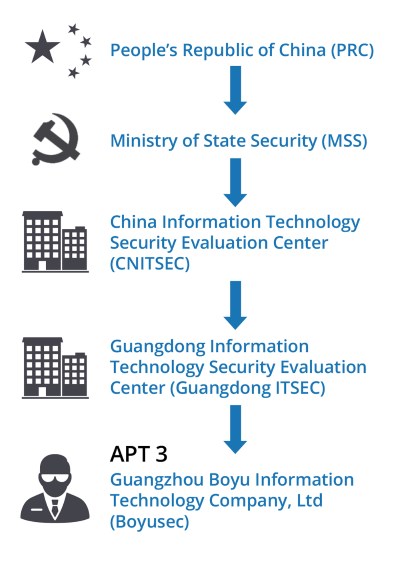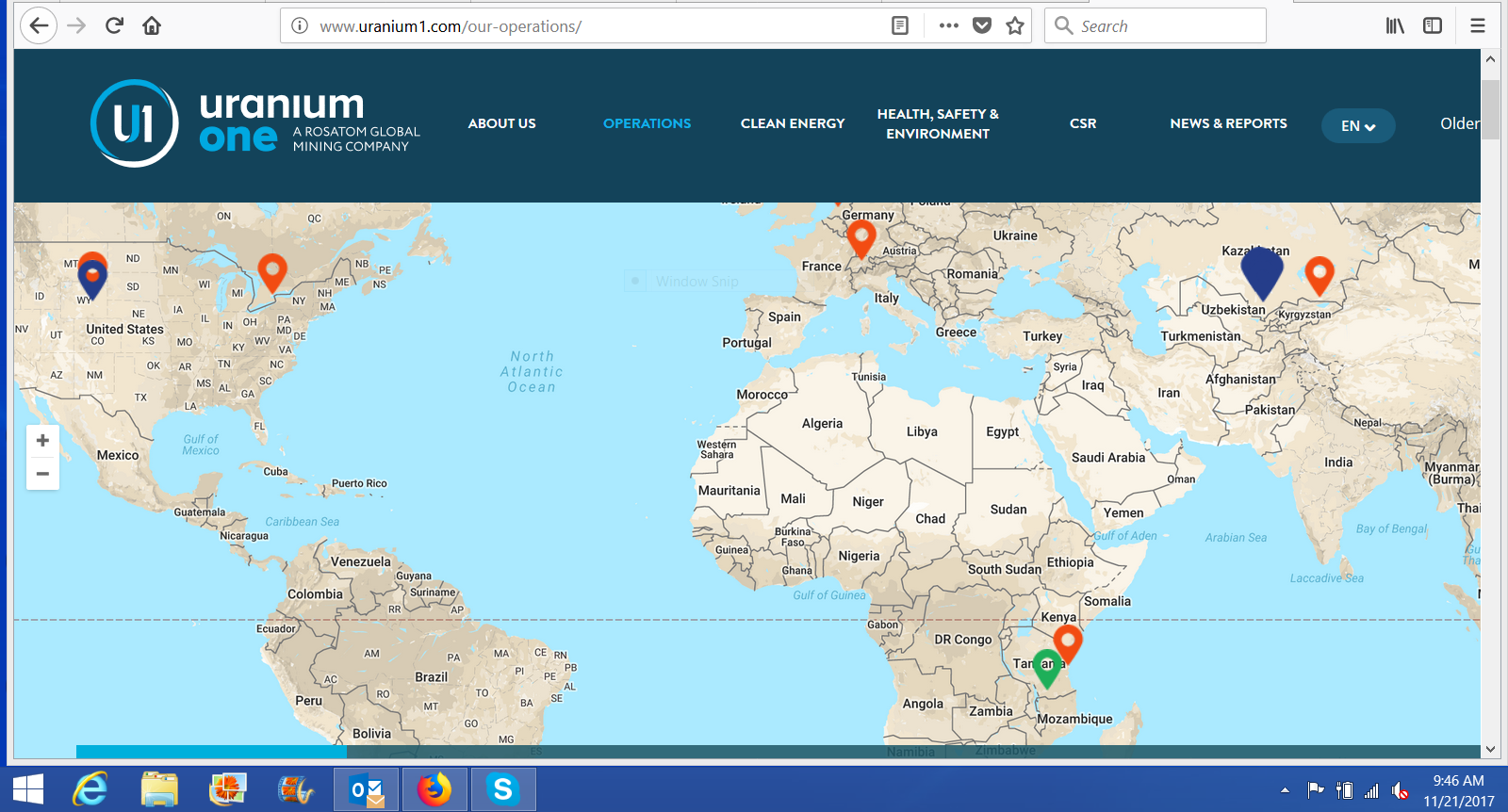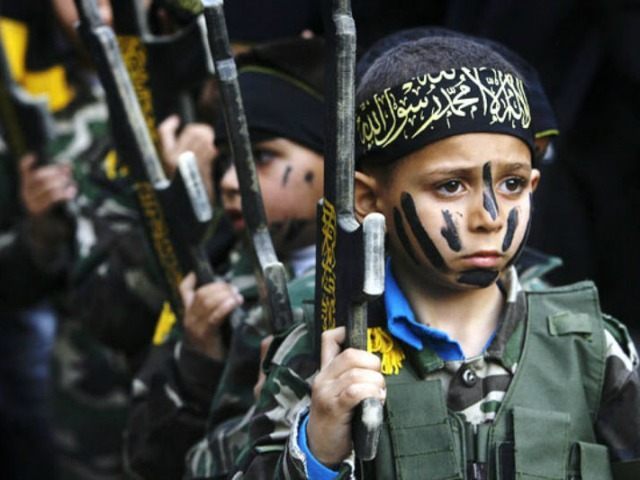WI: Pyongyang has emerged as a critical partner in Tehran’s ‘Axis of Resistance,’ and officials warn that their joint efforts may extend to weapons of mass destruction.
High-level meetings between North Korean and Iranian officials in recent months are stoking concerns inside the U.S. government about the depth of military ties between the two American adversaries. In September, President Trump ordered U.S. intelligence agencies to conduct a fresh review of any potential bilateral nuclear collaboration. Yet officials in Washington, Asia, and the Middle East who track the relationship indicate that Pyongyang and Tehran have already signaled a commitment to jointly develop their ballistic missile systems and other military/scientific programs.
North Korea has vastly expanded its nuclear and long-range missile capabilities over the past year, developing intercontinental ballistic missiles that could potentially target the western United States with nuclear warheads. Over the same period, U.S. intelligence agencies have spotted Iranian defense officials in Pyongyang, raising the specter that they might share dangerous technological advances with each other. “All of these contacts need to be better understood,” said one senior U.S. official working on the Middle East. “This will be one of our top priorities.”
SUSPICIOUS MEETINGS
In early August, Kim Yong-nam, North Korea’s number two political leader and head of its legislature, departed Pyongyang amid great fanfare for an extended visit to Iran. The official reason was to attend the inauguration of President Hassan Rouhani, but the length of the visit raised alarm bells in Washington and allied capitals. North Korean state media said the trip lasted four days, but Iranian state media said it was ten, and that Kim was accompanied by a large delegation of other top officials.
Kim had last visited Tehran in 2012 to attend a gathering of the Non-Aligned Movement, the Cold War-era body composed of developing nations that strived to be independent of Washington and the Kremlin. Yet he skipped most of the events associated with that conference, instead focusing on signing a bilateral scientific cooperation agreement with President Mahmoud Ahmadinejad. According to U.S. intelligence officials, that pact looked very similar to the one Pyongyang inked with Syria in 2002; five years later, Israeli jets destroyed a building in eastern Syria that the United States and UN believe was a nearly operational North Korean-built nuclear reactor. Notably, one of the Iranian officials who attended the 2012 gathering with Kim was Atomic Energy Organization chief Fereydoun Abbasi-Davani, who was sanctioned by Washington and the UN for his alleged role in nuclear weapons development.
Similarly, Kim’s latest trip focused on more than just lending support to Rouhani, according to North Korean and Iranian state media. Kim and Vice Foreign Minister Choe Hui-chol inaugurated their country’s new embassy in Tehran, a symbol of deepening ties between the two governments. They also held a string of bilateral meetings with foreign leaders, many from countries that have been significant buyers of North Korean weapons in recent decades (e.g., Zimbabwe, Cuba, Democratic Republic of the Congo, and Namibia). The Trump administration has been intensifying diplomatic pressure on all these countries to cut their economic and military ties with Pyongyang in response to the regime’s barrage of nuclear and missile tests this year.
Regarding missile development, Iran and North Korea presented a united front against Washington during Kim’s stay. Like Pyongyang, Tehran has moved forward with a string of ballistic missile tests in recent months, despite facing UN Security Council resolutions and condemnation by the Trump administration. After meeting with Speaker of Parliament Ali Larijani on August 4, Kim declared, “Iran and North Korea share a mutual enemy [the United States]. We firmly support Iran on its stance that missile development does not need to be authorized by any nation.”
COVERT CONTACTS
The meetings that have gone unreported in state media are even more worrisome for allied governments. In recent years, U.S. and South Korean intelligence services have tracked a steady stream of Iranian and North Korean officials visiting each other in a bid to jointly develop their defense systems. Many of the North Koreans are from defense industries or secretive financial bodies that report directly to dictator Kim Jong-un, including Offices 39 and 99 of the ruling Workers’ Party of Korea.
Last year, U.S. authorities reported that missile technicians from one of Iran’s most important defense companies, the Shahid Hemmat Industrial Group, had traveled to North Korea to help develop an eighty-ton rocket booster for ballistic missiles. One of the company’s top officials, Sayyed Javad Musavi, has allegedly worked in tandem with the Korea Mining Development Trading Corp. (KOMID), which the United States and UN have sanctioned for being a central player in procuring equipment for Pyongyang’s nuclear and ballistic missile programs. For example, Shahid Hemmat has illegally shipped valves, electronics, and measuring equipment to KOMID for use in ground testing of space-launch vehicles and liquid-propellant ballistic missiles.
POLICY IMPLICATIONS
North Korea has emerged as a critical partner in the alliance of states, militias, and political movements known as the “Axis of Resistance,” which Tehran developed to challenge U.S. power in the Middle East. Pyongyang has served as an important supplier of arms and equipment to Iran’s most important Arab ally, Syria’s Assad regime, during the country’s ongoing war. And Iranian-backed Houthi rebels have procured weapons from North Korea in their efforts to topple the internationally recognized government in Yemen, according to current and former U.S. officials.
Moreover, Kim Yong-nam’s August trip appeared to have official support from Russia and China. On his way to Iran, he first flew to Vladivostok on Air Koryo, the North Korean airline that the U.S. Treasury Department sanctioned in December 2016 for financially aiding the Kim regime and its ballistic missile program. He then flew on to Tehran via Russia’s state carrier, Aeroflot, passing through Chinese airspace.
Going forward, the most pressing question is whether a smoking gun will emerge proving direct nuclear cooperation between Iran and North Korea. The U.S. government and the International Atomic Energy Agency say they have yet to see such conclusive evidence. But Iranian opposition groups allege that senior regime officials have visited North Korea to observe some of its six nuclear weapons tests. Chief among these officials, they add, is Mohsen Fakhrizadeh, an Iranian general whom the UN has accused of working closely with Fereydoun Abbasi-Davani on secret nuclear weapons research. Current and former U.S. intelligence officials say these accusations cannot be ruled out, so all known contacts between the two regimes need to be scrutinized closely.
***Going back in history with evidence:
In 2010, the Assad regime transferred Scud-D missiles,[7] as well as a number of M-600 missiles (that have a 250Km range and carry a 500Kg warhead) – a clone of the Iranian Fateh-110. Syria provided Hezbollah operatives with training on using the Scuds at a base near Damascus.[8]
The Assad regime procured systems from Russia, which were to be partially or fully transferred to Hezbollah. Those included advanced Russian anti-air defense systems– such as the Pantsir S1-E and SA-17 BUK systems – as well as sophisticated anti-ship systems, like the Yakhont P-800.[9] It was believed that Hezbollah was the end user for some of these systems, which were kept in the group’s weapons depots on the Syrian side of the border.[10] Prior to the 2006 war, Syria also transferred Russian-made Kornet anti-tank weapons to Hezbollah, which then used these weapons against Israel.[11] As the war in Syria has intensified, Hezbollah began moving some of these advanced systems out of Syria. In January, according to media reports,[12] the Israeli Air Force struck a convoy inside Syria that was likely attempting to transfer SA-17 anti-aircraft systems to Hezbollah.
Cutout Arms Purchases from Russia
Such Syrian straw purchases, as well as other arms deals with Russia for the Syrian military itself, appear to have been bankrolled by Iran.[13] As part of this deal, some of the weapons that Damascus procured were then passed on to Tehran. This is an old practice dating back to the Iraq-Iran war, when the Assad regime purchased weapons from the Soviet bloc on Iran’s behalf and Iranian planes transferred them to Tehran.
For instance, in 2007, Jane’s Defence Weekly reported that Syria agreed to send Iran at least 10 Pantsir air-defense systems that Damascus was buying from Russia. This deal was part of “the military and technological cooperation mechanism stipulated in a strategic accord signed by both countries in November 2005.”[14] Sources indicate that Syria may have received and installed the systems in August 2007, or one month before the Israeli attack on the Syrian nuclear facility at al-Kibar.[15]
Also in 2007, the Russian daily Kommersant revealed that Moscow’s Rosoboronexport arms export company was to deliver five MiG-31E fighter jets and an unspecified number of MiG-29M/M2 fighter bombers to Syria. Iran paid for the purchase may have been the intended end-user.[16] That particular deal seems never to have materialized. However it did reveal an important and dangerous aspect of the Iranian-Syrian partnership – one that extends well beyond cutout purchases of conventional weapons.
Aside from Russia, the principal strategic partner of the Iranian and Syrian regimes has been North Korea.
North Korean assistance has been instrumental in developing both Iran and Syria’s ballistic missile programs. Pyongyang’s cooperation with Tehran is particularly close, so much so that the two countries have been described as maintaining “in effect a joint missile development program.”[17] Iranian teams have regularly attended North Korea’s long-range missile tests, and Tehran has received North Korean technology. Iran’s Shahab-3 missile (1,300-1,500Kms), for example, is based on North Korea’s Nodong missile, the development program which was reportedly financed by Iran.[18]
In 2010, there was a debate on whether Pyongyang had sold Tehran BM-25 missiles that could hit Western Europe. At the time, a senior US intelligence official said that while he was unaware of any sale of a complete BM-25, there was probably a transfer of kits, made up of missile components. “There has been a flow of knowledge and missile parts” from North Korea to Iran, he said.[19] Iran’s quest for a first strike capability and delivery systems for its nuclear weapons program suggests that cooperation with North Korea will only grow.
Pyongyang and Iran have helped Syria develop its ballistic missile program. Syria relied on North Korean technology to upgrade its Scuds. In 2005, Syria tested Scud-D missiles, but the test ended in failure, as the missile fell apart over Turkey. Another test in 2007 was successful, thanks to technological assistance from North Korea that further improved the Scud-D and extended its range. In the early 1990’s, the North Koreans helped the Syrian Scientific Studies and Research Center (SSRC) construct missile complexes in Aleppo and Hama. The Aleppo facility was also used for fitting chemical warheads on Scud missiles. An explosion at the facility in July 2007 shed further light on the Syrian-Iranian-North Korean triangle.
The explosion took place as the Syrian regime was attempting to weaponize Scud-C missiles with chemical agents. According to a report in Jane’s Defence Weekly at the time, the explosion resulted in the death of “dozens” of Iranian engineers.[20] The Japanese daily Sankei Shimbun also claimed that three North Korean engineers were among the dead.[21]
Jane’s described the weaponization effort as part of a joint program with Iran. According to the weekly, Iran helped Syria in “the planning, establishment and management” of five facilities designed for the “indigenous production of CW [chemical weapons] precursors.” The presence of North Korean personnel at the site indicates that this was in fact a trilateral collaboration. More here.







 photo (attribution for photo removed due to malware alert)
photo (attribution for photo removed due to malware alert)